Kamakhya Temple
Been there recently?
The Kamakhya Temple, which is dedicated to the mother goddess Kamakhya, is one of the oldest and most revered places for Tantric practices. The temple is the centre of the Kulachara Tantra Marga and the place where the Ambubachi Mela is held every year to honour the goddess’s menstruation. The main temple is surrounded by a complex of individual temples dedicated to the ten Mahavidyas of Shaktism. Temples for different Mahavidyas, like the ones in the complex, are rare and uncommon. This beautiful temple is a well-known landmark in Guwahati. It is on top of Nilachal Hill and next to the Brahmaputra River. The temple has four chambers: a garbha griha (sanctum sanctorum), which is a cave under the ground level with a rock fissure instead of an idol, and three mandapas (outdoor halls) called calanta, pancharatna, and natamandira. The Ahom kings constructed the current temple building. One of the most famous parts is the spire, or shikhara, which looks like a beehive made of carved Hindu gods and goddesses. The temple is thought to be where Goddess Sati’s womb fell. It is one of the most sacred shaktipeethas, which are places of worship where parts of her body fell after she was killed. It is therefore associated with the supreme power and fertility of women.
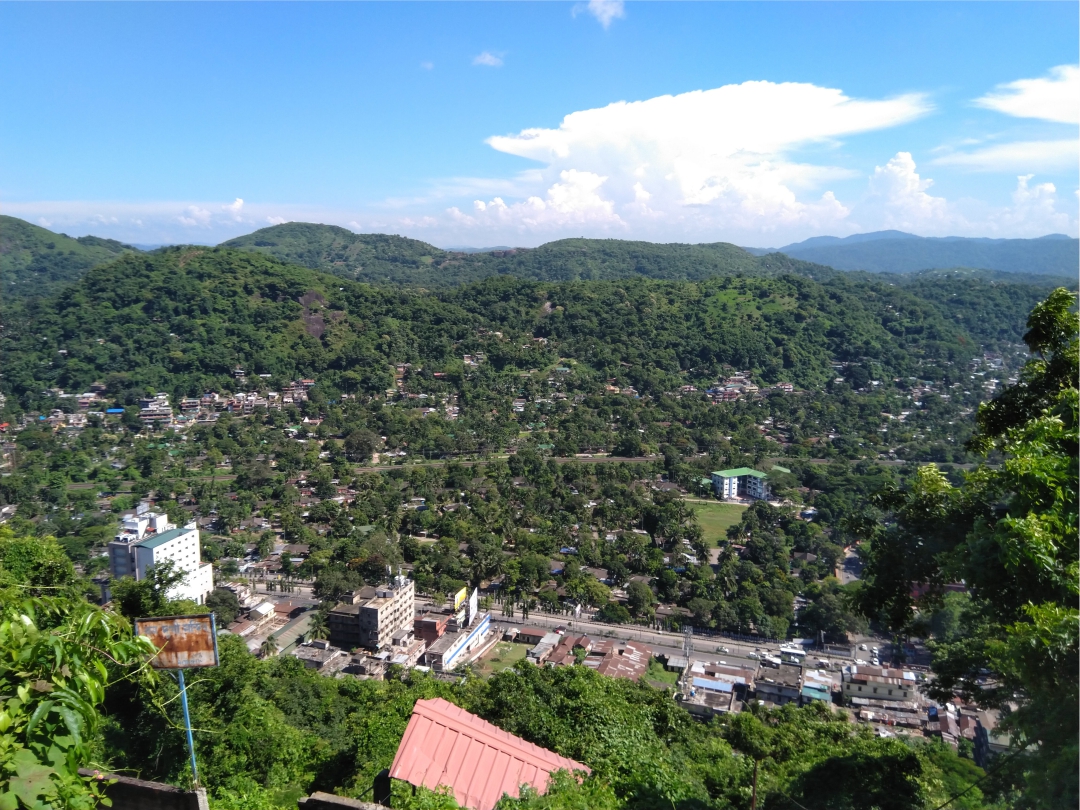
Nearby Places to See
Umananda Temple
It is a temple dedicated to Bhagawan Shiva that is situated on Peacock Island in the Brahmaputra River. Gadadhar Singha, the king of the Ahom dynasty, constructed it in 1694. Traditional Assamese architecture can be seen in this small but lovely temple. An endangered population of Golden Langurs lives on the island. The ferry dock is located 5 kilometres from Kamakhya Temple.
It is a temple dedicated to Bhagawan Shiva that is situated on Peacock Island in the Brahmaputra River. Gadadhar Singha, the king of the Ahom dynasty, constructed it in 1694. Traditional Assamese architecture can be seen in this small but lovely temple. An endangered population of Golden Langurs lives on the island. The ferry dock is located 5 kilometres from Kamakhya Temple.
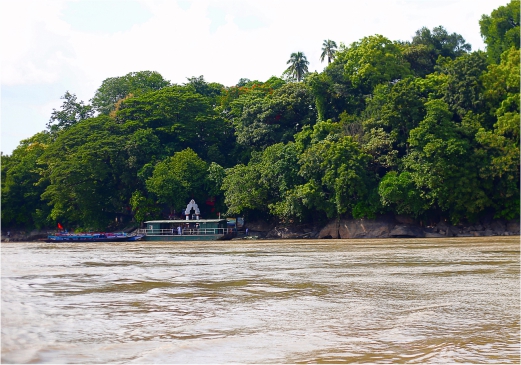
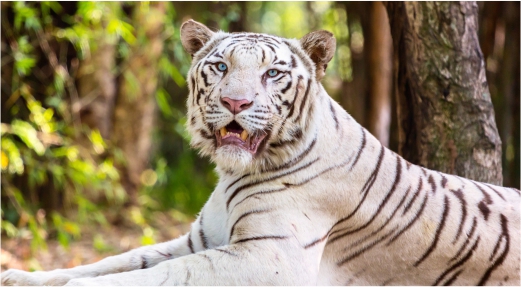
Guwahati Zoo
The Assam State Zoo and Botanic Gardens first opened to the public in 1957. Within Guwahati, the zoo can be found in the Hengrabari Reserve Forests, which are about 11 kilometres from the historic Kamakhya temple. Over 110 different kinds of animals make their home there, and it takes up a total of 175 hectares.
The Assam State Zoo and Botanic Gardens first opened to the public in 1957. Within Guwahati, the zoo can be found in the Hengrabari Reserve Forests, which are about 11 kilometres from the historic Kamakhya temple. Over 110 different kinds of animals make their home there, and it takes up a total of 175 hectares.
Deepor Beel Wildlife Sanctuary
Beel means wetland, and in 2002, the United Nations recognized this area as a Wetland of International Importance. A former tributary of the Brahmaputra River, this lake is a source of freshwater. Since the lake’s connection to the Brahmaputra River was severed due to rapid urbanisation, the lake has remained a separate water body. This is one of the most important stops for migrating birds and also serves as a winter home to many local bird species. The distance between the sanctuary and Kamakhya Temple is roughly 15 km.
Beel means wetland, and in 2002, the United Nations recognized this area as a Wetland of International Importance. A former tributary of the Brahmaputra River, this lake is a source of freshwater. Since the lake’s connection to the Brahmaputra River was severed due to rapid urbanisation, the lake has remained a separate water body. This is one of the most important stops for migrating birds and also serves as a winter home to many local bird species. The distance between the sanctuary and Kamakhya Temple is roughly 15 km.
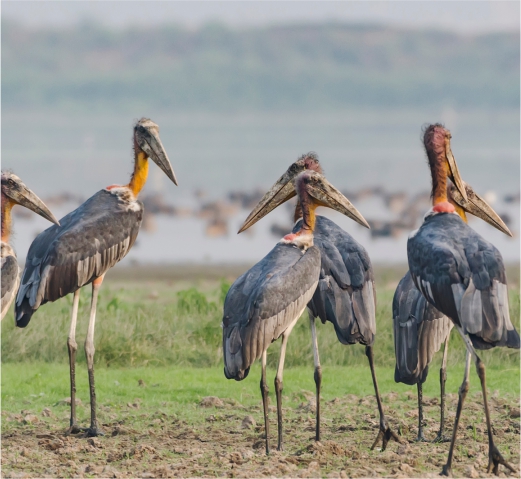
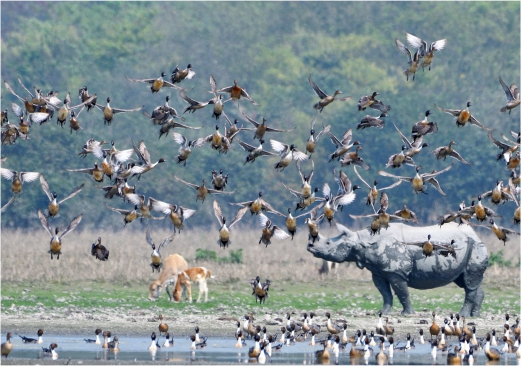
Pobitora Wildlife Sanctuary
It is a popular tourist stopover for travellers travelling from Guwahati to Kaziranga National Park. The Sanctuary, which has a relatively small area of 38 square kilometres, has earned the moniker “Bharatpur of the East” due to its thriving bird population. It is home to numerous native birds as well as more than 2,000 migratory birds. In 1987, the region was designated as a national park.
It is a popular tourist stopover for travellers travelling from Guwahati to Kaziranga National Park. The Sanctuary, which has a relatively small area of 38 square kilometres, has earned the moniker “Bharatpur of the East” due to its thriving bird population. It is home to numerous native birds as well as more than 2,000 migratory birds. In 1987, the region was designated as a national park.
Bhuvaneshwari Temple
It is a tiny but beautiful temple that sits atop the Nilachal hills, not far from the Kamakhya temple. Visitors are treated to a breathtaking panorama of the forest floor below the hill and the distantly flowing Brahmaputra.
It is a tiny but beautiful temple that sits atop the Nilachal hills, not far from the Kamakhya temple. Visitors are treated to a breathtaking panorama of the forest floor below the hill and the distantly flowing Brahmaputra.
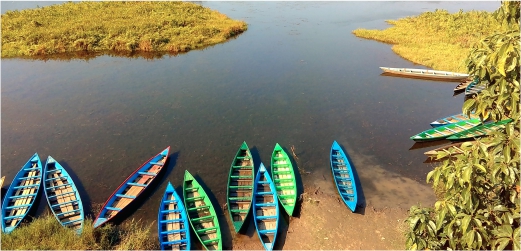
Chandubi Lake
It’s a natural lake that’s 55 kilometres away from the Kamakhya temple and spans over 2000 acres in size. In the winter, a wide variety of birds make their home at the lake. Located at the foot of Meghalaya’s picturesque Garo Hills, the lake makes for a lovely day trip.
It’s a natural lake that’s 55 kilometres away from the Kamakhya temple and spans over 2000 acres in size. In the winter, a wide variety of birds make their home at the lake. Located at the foot of Meghalaya’s picturesque Garo Hills, the lake makes for a lovely day trip.




